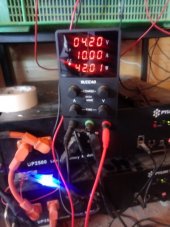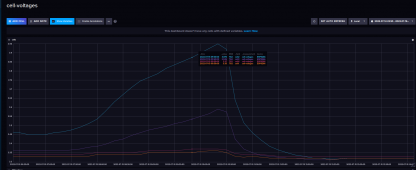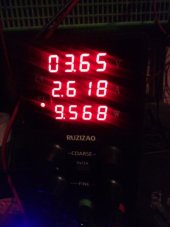Hedges
I See Electromagnetic Fields!
- Joined
- Mar 28, 2020
- Messages
- 20,682
One cell will always be closer to full than any other, so will jump first.
I think a "bad" cell would be one that self-discharges much faster than the others, or has much less capacity.
If you built a battery with 7, 280 Ah cells and 1, 200 Ah cell, should still be able to use it for 200 Ah capacity. The odd cell might diverge a bit in voltage from the others in use, but shouldn't be a runner at 3.5V per cell pack voltage if pack previously top-balanced to 3.65V.
I think a "bad" cell would be one that self-discharges much faster than the others, or has much less capacity.
If you built a battery with 7, 280 Ah cells and 1, 200 Ah cell, should still be able to use it for 200 Ah capacity. The odd cell might diverge a bit in voltage from the others in use, but shouldn't be a runner at 3.5V per cell pack voltage if pack previously top-balanced to 3.65V.





